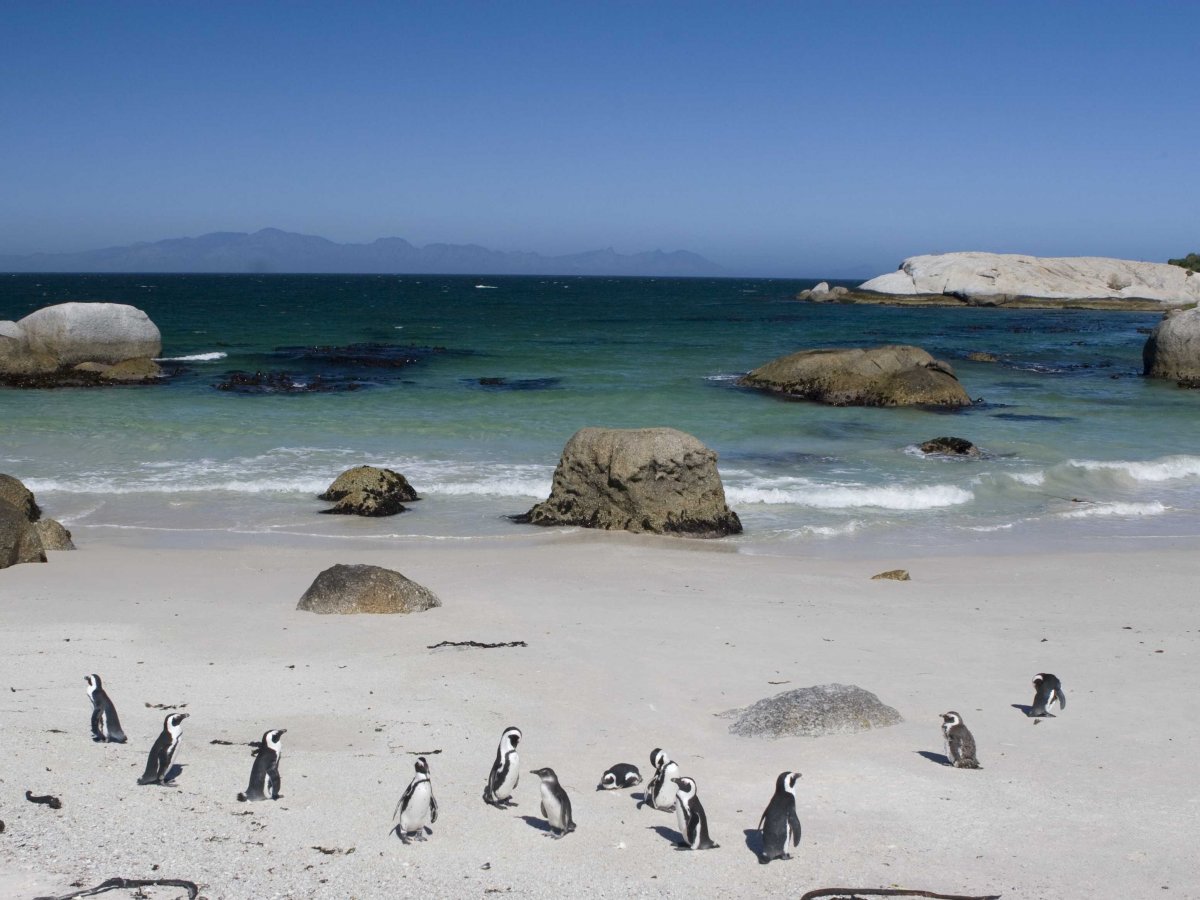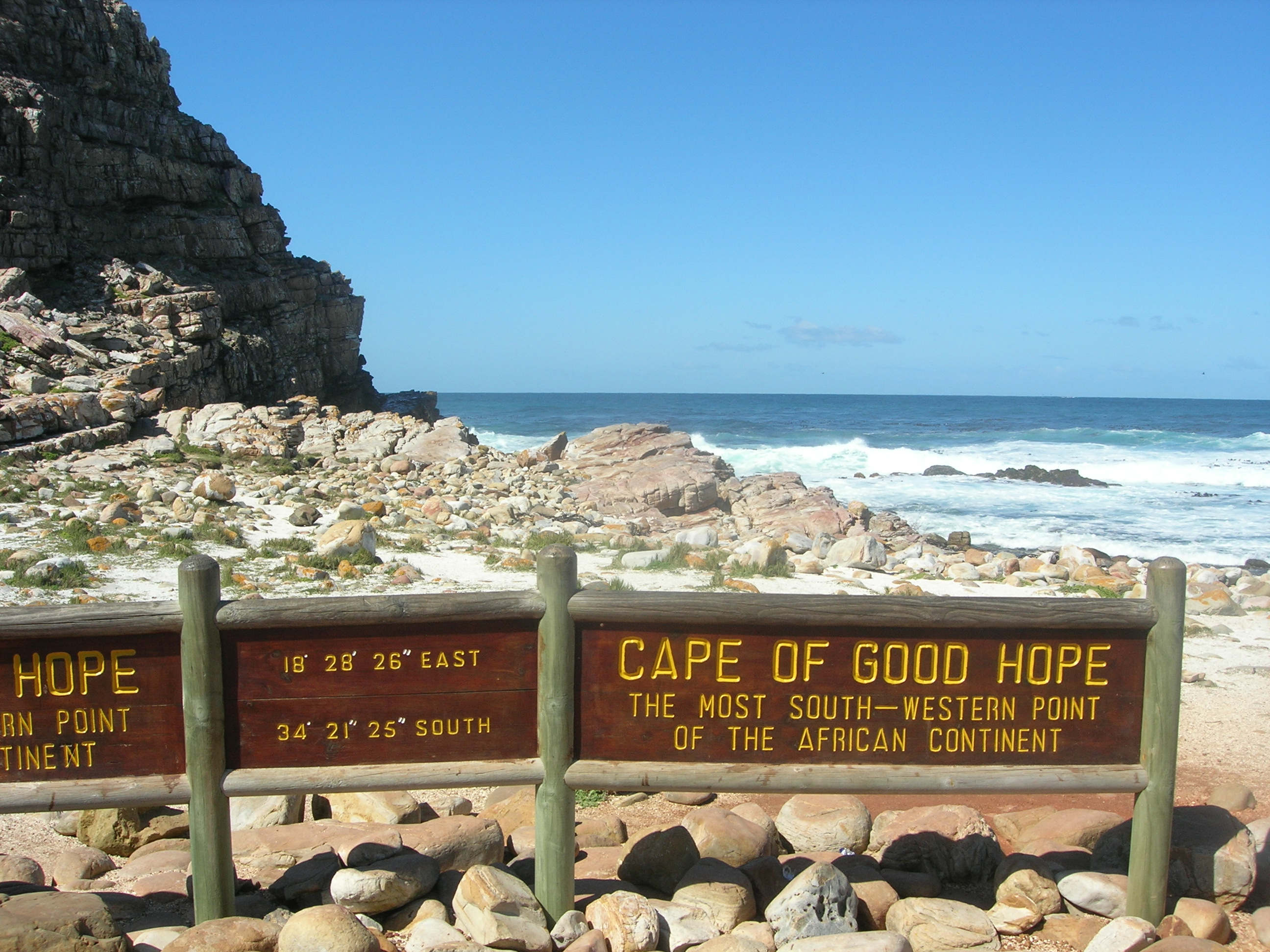Latest Tours

Stars
Cape Point/Peninsula
Visit scenic Peninsula Area. Travel along both coastlines with lovely views.
Full Day Tour
- Visit scenic Peninsula Area.
- Travel along both coastlines with lovely views.
- Visit Hout Bay Harbour with optional boat trip to see Cape Fur Seal Colony.
- See African Jackass penguins at Boulders Beach.
- Visit Cape Of Good Hope Reserve – do the Atlantic and Indian oceans meet here?
- We may see some game here, including Bontebok, Eland, Ostrich and Chacma Baboon.
- See the Southwestern most point of Africa.
Fees exclude lunch costs (Lunch at a reputable restaurant)
| Transport | Yes |
| Entrance Fees | Yes |
| Full Day | Yes |
| Both Coasts | Yes |
Hout Bay Harbour
Boulders Beach
Cape of Good Hope
The Hout Bay Harbour is the main attraction in Hout Bay and also one of the busiest harbours in the Western Cape with a thriving tuna, snoek and crayfish industry.
Boulders Beach is a sheltered beach made up of inlets between granite boulders, from which the name originated. It is located in the Cape Peninsula, near Simon's Town towards Cape Point, near Cape Town in the Western Cape province of South Africa. It is also commonly known as Boulders Bay. It is a popular tourist stop because of a colony of African Penguins which settled there in 1982. Boulders Beach forms part of the Table Mountain National Park. Although set in the midst of a residential area, it is one of the few sites where this vulnerable bird (Spheniscus demersus) can be observed at close range, wandering freely in a protected natural environment.From just two breeding pairs in 1982, the penguin colony has grown to about 3,000 birds in recent years. This is partly due to the reduction in commercial pelagic trawling in False Bay, which has increased the supply of pilchards and anchovy, which form part of the penguins' diet.Bordered mainly by indigenous bush above the high-water mark on the one side, and the clear water of False Bay on the other, the area comprises a number of small sheltered bays, partially enclosed by granite boulders that are 540 million years old.The most popular recreational spot is Boulders Beach, but the penguins are best viewed from Foxy Beach, where newly constructed boardwalks take visitors to within a few meters of the birds.It is also a popular swimming beach, although humans are restricted to beaches adjacent to the penguin colony.
The Cape of Good Hope is a rocky headland on the Atlantic coast of the Cape Peninsula, South Africa. There is a misconception that the Cape of Good Hope is the southern tip of Africa, because it was once believed to be the dividing point between the Atlantic and Indian Oceans. In fact, the southernmost point is Cape Agulhas, about 150 kilometres (90 mi) to the east-southeast. The currents of the two oceans meet at the point where the warm-water Agulhas current meets the cold water Benguela current and turns back on itself—a point that fluctuates between Cape Agulhas and Cape Point (about 1.2 kilometres east of the Cape of Good Hope). When following the western side of the African coastline from the equator, however, the Cape of Good Hope marks the point where a ship begins to travel more eastward than southward. Thus, the first modern rounding of the cape in 1488 by Portuguese explorer Bartolomeu Dias was a milestone in the attempts by the Portuguese to establish direct trade relations with the Far East. Dias(or Diaz) called the cape Cabo das Tormentas. "Cape of Storms" was the original name of the "Cape of Good Hope".
ReviewsRead other people opinions
Write Your Own review












